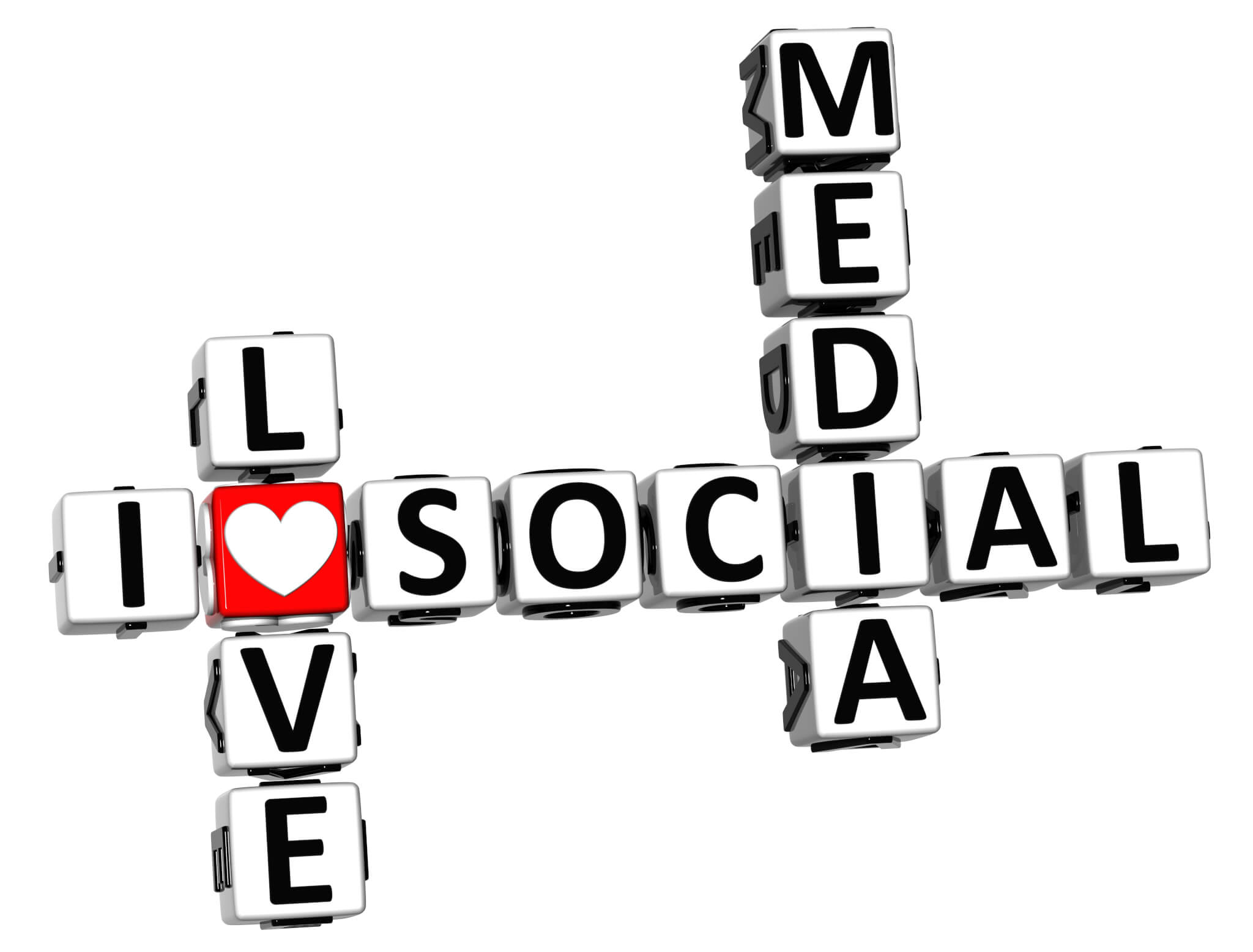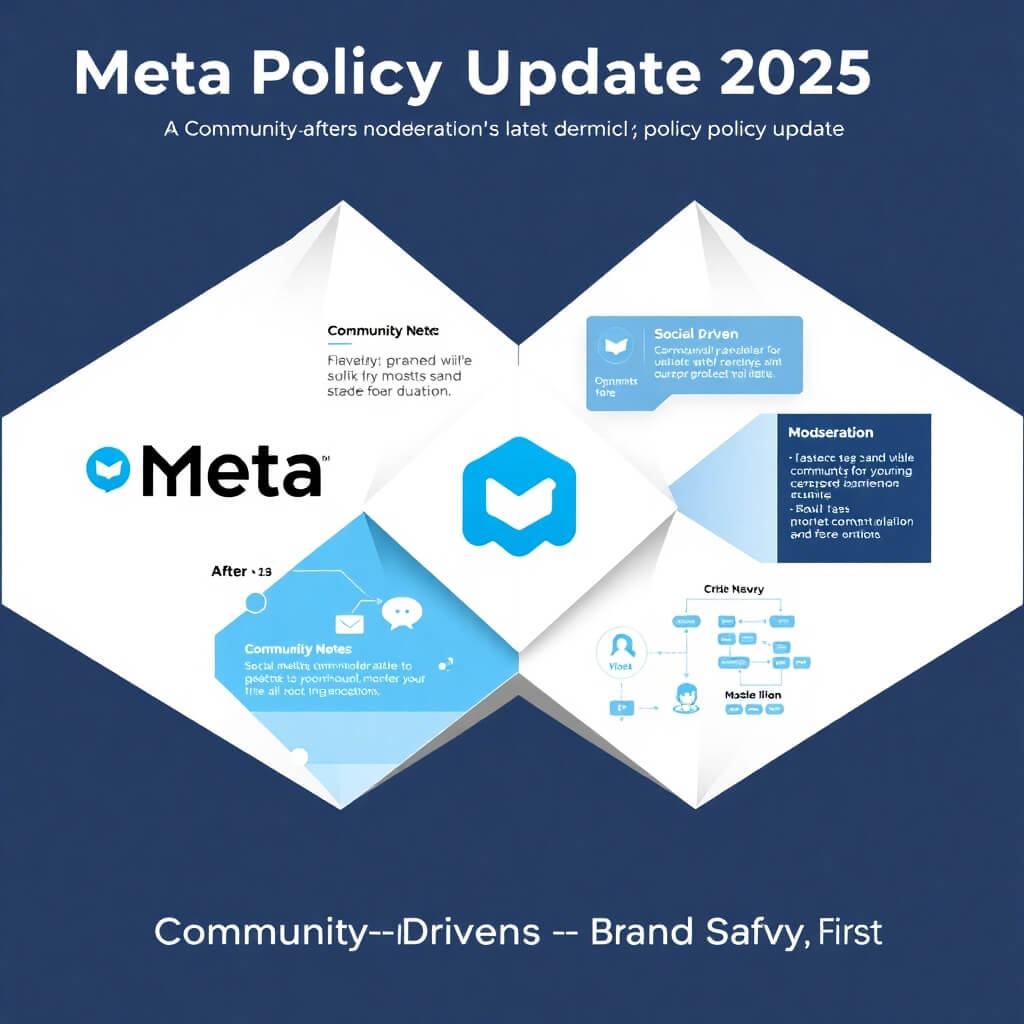
It’s 2016, yet some of the more traditional direct marketers among us in this industry are still on the fence about using social media.
I understand. Tweeting, blogging and sharing selfies on Instagram just doesn’t have the same appeal to them as launching one of their own targeted, timely campaigns with a strong offer geared toward a qualified audience to which quantifiable metrics can be applied.
They’re concerned about ROI and reputation. They’re afraid of the risk.
As I said, I understand. After all, I had the same questions and doubts myself when I began blogging in 2004. I wondered how social media was going to blend into the marketing mix effectively. I dealt with the same steep learning curve and challenges. I had to convince my colleagues and clients that time spent on what was then a newfangled means of digital communications didn’t mean forgoing traditional best practices. It was a long, uphill battle.
In fact, I still find myself shouting from the rooftops sometimes that I have seen the future of direct marketing and it includes social media.
It’s not like I’m suggesting you use social media to the exclusion of other communication channels at your disposal. Not at all. I’m talking about putting together cohesive, seamlessly coordinated integrated direct marketing programs that just don’t give short shrift to the relatively new kid on the block.
I’m saying give social media a seat at the table, maybe even at the head of the table every once in while.
I’m asking for a bigger piece of the marketing spend pie.
Social media – Twitter, Facebook, LinkedIn, Instagram, you name it – goes hand in hand with direct marketing. Believe me. It’s got it all going on when it comes to building enduring, mutually beneficial relationships between like-minded parties.
Here are a half-dozen reasons why direct marketers shouldn’t hesitate to incorporate social media into the marketing mix:
1. Creativity. Over the years, I have written literally thousands of tweets, each of which is akin to a headline, subject line or even a small ad. Anyone may be able to string together something coherent in 140 characters or less, but not everyone can make those characters move readers to action. That’s why creativity is so important on social media. Copy. Design. Visuals. You name it. Every element of not just a tweet, but all kinds of content needs to be worked over to the point where the odds are in its favor of standing out among the clutter.
2. Segmentation. While it may be difficult, if not impossible to message prospects by name and address on social media, you can target your efforts quite precisely via a host of paid advertising options. Demographics such as gender, age, geographical location, interests, industries, even company names are readily available. You can also upload the email addresses of your existing customers to most social media channels and find them that way, not to mention how many opportunities you have to join the conversation as a brand and connect with your constituents one-on-one.
3. Offers. One of the distinguishing characteristics of direct marketing versus other forms of advertising is the call to action that prompts prospects to read, download, install, watch or even buy something. Branding is incorporated into our activities as is PR, customer service and the like, but our main objective is usually driving clicks and conversions. What we have to offer are products and services, news and information, knowledge and advice, music and entertainment, you name it, and what we want is for audience to react.
4. Timing. This is where social media has an advantage over traditional marketing channels. It’s not hard at all to determine when and where people are particularly active, never mind how much you can see for yourself by simply jumping on the networks. Using Facebook Insights, Twitter Analytics and other third party tools, you can strategically schedule content to be published when your audience is most likely to see it. You can also post on the fly, sharing content extemporaneously during special occasions, events, whenever and wherever the mood strikes or opportunity calls.

6. Measurement. Where the rubber meets the road in direct marketing is also the proof point in social media. Content counts for something, but results are worth more. Never mind simply leads and sales. From impressions to clicks, likes to comments, followers to subscribers, every possible metric is tracked, measured, analyzed and put into report form. What works well socially is recycled and repurposed, while what doesn’t is history.
Note: The original version of this post was published on ClickZ on September 2, 2016. To read the post there, click here.
If you’d like to embrace social media, the social media marketing team at Overdrive would like to help. Please don’t hesitate to contact us today.





